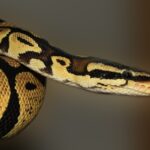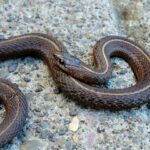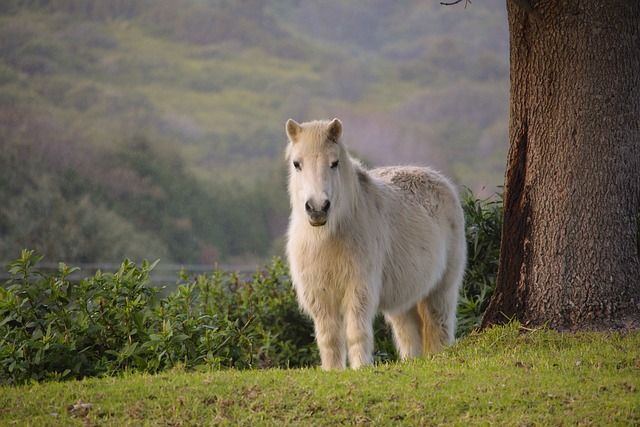 13 Apr
13 AprThe Marvelous Miniature Horse: Small in Size, Big in Heart
The Marvelous Miniature Horse: Small in Size, Big in Heart
Miniature horses, even though little, have a charm and elegance that captivates hearts around the world. With their compact measure, delicate mien, and verifiable magnificence, these minute equines have earned an uncommon put within the hearts of horse significant others all over. From their beginnings as working creatures to their advanced parts as adored companions and treatment creatures, scaled-down steeds proceed to charm and rouse with their interesting mix of estimate, identity, and versatility.
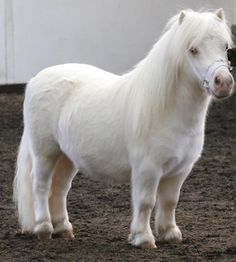
Origins and History
Early Beginnings
The history of scaled-down steeds can be traced back centuries to Europe, where they were at first bred as fancy pets for respectability and sovereignty. These pint-sized equines were regularly kept in royal residence gardens and domains, where their little estimate and neighborly mien made them well-known companions among the elite.
Evolution as Working Animals
Over time, scaled-down steeds found their way into different parts as working creatures, counting pulling carts and carriages in mines and production lines. Their quality, insights, and versatility made them well-suited for these assignments, and they got to be esteemed individuals of numerous working communities.
Characteristics and Conformation
Petite Proportions
Miniature steeds are characterized by their little estimate, standing no taller than 34 inches at the wilts. Despite their small stature, they have all the same extents and characteristics as their full-sized partners, including strong legs, a well-arched neck, and a refined head with expressive eyes and cautious ears.
Varied Coat Colors
Miniature steeds come in a wide cluster of coat colors and designs, counting strong colors such as inlet, chestnut, and dark, as well as pinto designs like tobiano and overo. Their colorful coats include their visual request and make them prevalent choices for both appearance and companionship.
Roles and Uses
Companion Animals
One of the essential parts of scaled-down steeds nowadays is as adored companions and pets. Their delicate nature, tender identities, and little estimate make them perfect companions for people of all ages, from children to seniors.
Therapy and Passionate Support
Miniature steeds are progressively being recognized for their restorative benefits and enthusiastic bolster capabilities. Their calm mien, intuitive nature, and capacity to create solid bonds with people make them profitable accomplices in restorative settings, where they give consolation, companionship, and passionate bolster to those in need.
Care and Maintenance
Specialized Care
While scaled-down steeds may be little in estimate, they require the same level of care and consideration as their full-sized partners. This incorporates normal prepping, foot care, dental checks, and veterinary care to guarantee their wellbeing and well-being.
Proper Nutrition
Miniature steeds have one-of-a-kind wholesome prerequisites due to their smaller measure and digestion system. It’s basic to supply them with a balanced diet comprising high-quality feed, new water, and supplemental nourishment as required to preserve their well-being and vitality.
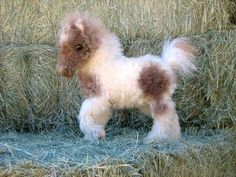
Training and Socialization
Gentle Preparing Methods
Miniature steeds react best to tender and positive preparing strategies that center on building belief, certainty, and common regard between horse and handler. With tolerance, consistency, and positive support, they can learn an assortment of abilities and behaviors, from fundamental compliance to progressed traps and maneuvers.
Socialization Opportunities
Exposing smaller-than-expected steeds to an assortment of situations, boosts, and encounters from a youthful age is basic for their socialization and advancement. This makes a difference in they ended up well-adjusted, sure, and versatile steeds competent in exploring distinctive circumstances and situations with ease.
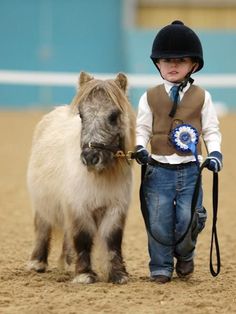
Conclusion
Miniature steeds may be little in estimate, but they have a soul and presence that surpasses their stature. Whether as cherished companions, treatment creatures, or cherished pets, these pint-sized equines bring bliss, companionship, and motivation to all who experience them. With their delicate nature, charming identities, and faithful commitment, smaller-than-expected steeds proceed to capture the hearts of horse partners around the world.
FAQs
1. How huge do smaller-than-expected steeds get?
Smaller-than-expected steeds regularly stand no taller than 34 inches at the wilts, even though a few may be marginally taller or shorter depending on their breeding and genetics.
2. Are smaller-than-expected steeds great pets?
Yes, smaller-than-expected steeds make great pets and companions due to their little estimate, tender deportment, and tender nature. They shape solid bonds with their proprietors and flourish in companionship and interaction.
3. Can scaled-down steeds be prepared to perform traps?
Yes, smaller-than-expected steeds are profoundly trainable and can learn an assortment of traps and behaviors with appropriate preparation and fortification. They appreciate mental incitement and can exceed expectations in exercises such as nimbleness, impediment courses, and indeed driving.
4. Do smaller-than-expected steeds require uncommon care compared to full-sized steeds?
Whereas scaled-down steeds have one-of-a-kind dietary and care necessities due to their smaller estimate, they for the most part require the same level of care and consideration as full-sized steeds. This incorporates normal preparation, veterinary care, and legitimate nourishment to preserve their wellbeing and well-being.
5. Are scaled-down steeds appropriate for treatment work?
Yes, smaller-than-expected steeds are progressively being utilized as treatment creatures due to their calm mien, gentle nature, and capacity to create solid bonds with people. They give consolation, companionship, and enthusiasm back to people in an assortment of restorative settings, including clinics, nursing homes, and restoration centers.
For More Information :



